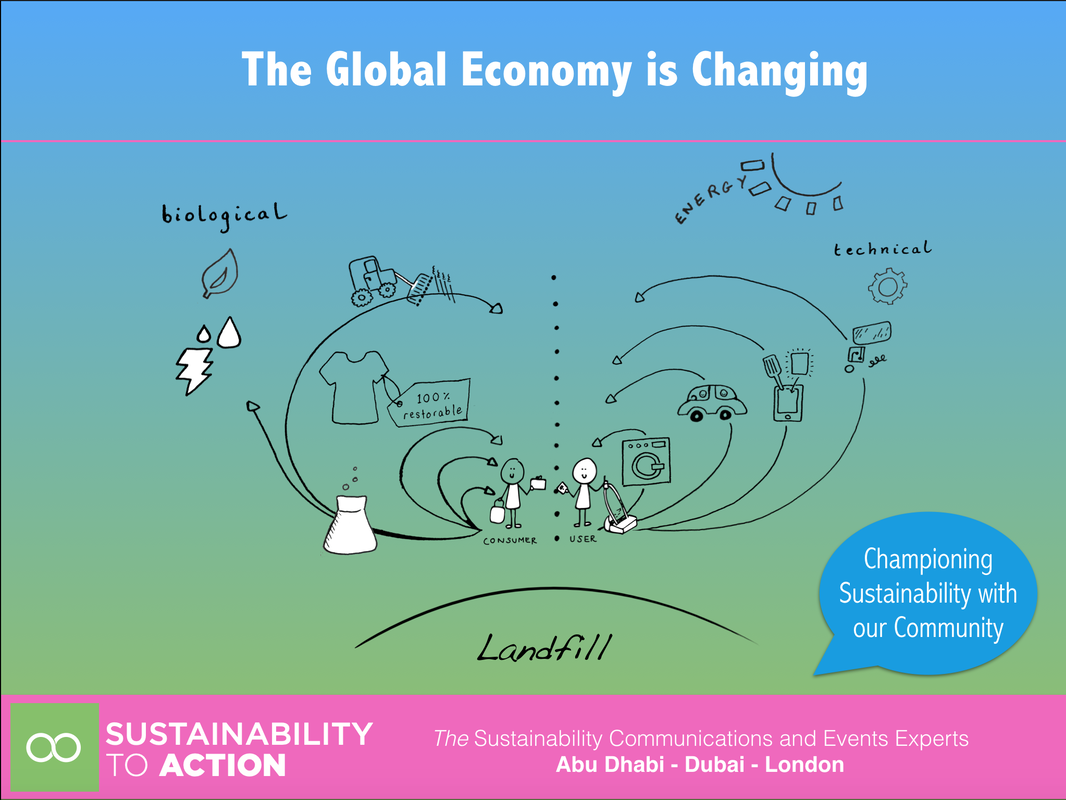|
How Can We Accelerate the Transition to a Circular Economy? How can we harness the power of business to resolve our economic, environmental, and social challenges? There are opportunities to profoundly change our economy, serve our community and safeguard our environment. The circular economy model is regenerative by design and requires us to rethink what we buy and how we use, reuse, reuse, repurpose and then finally if absolutely necessary recycle any item.
What Can We Do Now? While some of these circular economy concepts are being applied across the world, there remain many legislative gaps and technological barriers to global implementation. In the short to medium term, the linear economy will remain prevalent. In the meantime, the following actions have been identified as important steps towards the transition to a circular economy:
373 Comments
|
Categories
All
AuthorSandra Anani is passionate about sustainability, with over 19 years’ experience. She has dedicated her career to sustainable development and communications. Archives
November 2022
|


 RSS Feed
RSS Feed
